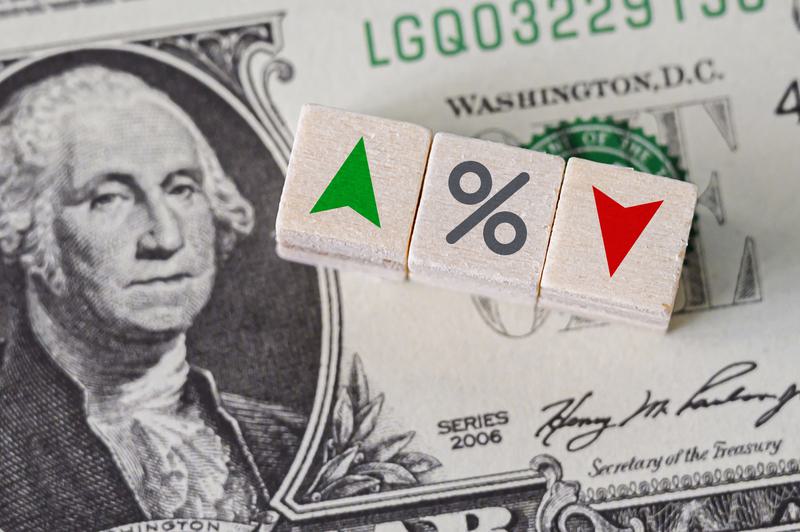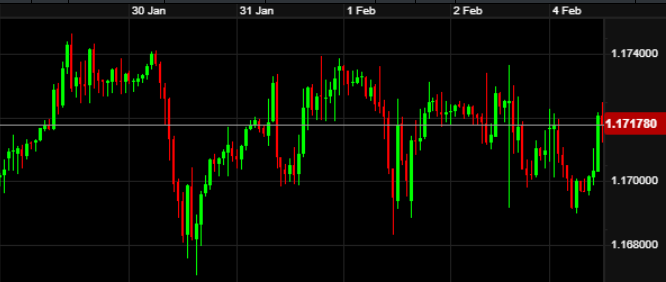ACM Update 05-02-24

A volatile five days last week with the Bank of England & Federal Reserve both announcing their latest monetary policy. The main market mover though was a bumper round of Non-Farm Payrolls data from the US for January.
This week is a slightly quieter affair, however a number of speeches from Fed & Bank of England committee members could cause movement.
The Bank of England’s first meeting of 2024 produced a widely expected hold in interest rates on Thursday lunchtime. Governor Andrew Bailey and his colleagues kept the base rate at 5.25% again, but were split three ways in terms of the vote.
Six members wanted to hold rates at their current level, two were still looking to hike to 5.50%, whilst one wanted a cut. This marked the first time since 2008 that the committee has been split in three directions, and the first call for a rate cut since 2020.
Meanwhile eternal dove Swati Dhingra felt that the time was already right to start cutting rates. Bloomberg investigated this anomaly, stating that in the history of the MPC that when one member moves to cut rates, the majority then follow to allow a cut two meetings later. All eyes on 9th May meeting then perhaps?
Andrew Bailey spoke after the announcement stating he wouldn’t be forced to give a view on how many cuts and when they would start, However, he stated “I think that view that the market is taking is not one I object to”.
On which note, markets are currently pricing in four interest rate cuts by year end, bringing us back down to 4.25%. The bank also revealed it expects inflation to fall further by the end of the year, to “around 2.7%”.
The only other UK release was mortgage approvals data. This was in line with last month, but a fraction under what markets had been expecting.
On the other side of the Atlantic, the Federal Reserve also held interest rates on Wednesday evening. Jerome Powell also faced questions about the possibility of an interest rate cut at their respective March meeting, which he deemed as “unlikely” when questioned.
Powell commented that the committee would not have reached a level of confidence that inflation was on a sustainable path lower by that point. This strengthened the Dollar on Wednesday evening.
The remainder of American data was jobs-related, with the JOLTS Job Openings numbers showing another jump upwards. Whilst there are a number of openings, the weekly jobless claims data for last week showed the number of claimants hitting its highest level since mid-November.
However, the biggest jobs release of the week was January’s Non-Farm Payrolls figure. This almost doubled the estimate, with 353,000 jobs added to the US economy versus an expected 187,000 gain. The release saw the Dollar gain over 1% against the pound by the close on Friday, the pair hitting its lowest in more than a fortnight.
In addition, late on Sunday evening we had Jerome Powell speaking on the “60 Minutes” TV programme in the US. He reiterated markets will likely have to wait beyond March for the first Fed rate cut, stating the “danger of moving too soon is that the job’s not quite done”.
US and UK interest rate projections will continue to be the main driver of Sterling-Dollar over the coming weeks. The volatile moves from last week can be seen in the chart below:

In the Eurozone, the latest Flash inflation estimate for the bloc suggests inflation fell to 2.8% in January. This is down from 2.9% but above the estimated figure of 2.7%. Trending downwards if nothing else. This was primarily driven by a drop in electricity prices.
The picture isn’t quite as positive from a growth perspective though, with the Eurozone recording 0.0% growth from Q3 to Q4 last year.
The German economy continues to struggle too, with GDP figures recording a quarter-on-quarter contraction, as well as retail sales showing a -1.6% drop from November to December. Meanwhile, ECB President Lagarde used her latest speech to continue to voice concerns about a potential second Donald Trump presidency.
A flatter week last week for Sterling against the Euro, but movements can be seen in the chart below:

The week ahead:
Monday – EU/UK/US Final Services PMI (08:15-14:45 UK time), MPC Pill speech (17:30), Fed Bostic speech (19:00)
Tuesday – Reserve Bank of Australia interest rate announcement (03:30), EU Retail Sales (10:00)
Wednesday – Halifax HPI (07:00), MPC Sarah Breeden speech (08:40), Fed Kugler (16:00) & Fed Barkin speeches (17:30)
Thursday – US Unemployment Claims (13:30), Reserve Bank of Australia Governor Bullock speech (22:30)
Friday – Canada Unemployment Rate (13:30)
As mentioned, a somewhat quieter week on the data front following on from three significant events last week. The next raw data releases of note in the UK will be the latest Unemployment and Inflation figures, out on 13th & 14th February respectively.
For this week, focus will generally be on the various speeches from Federal Reserve and Bank of England policymakers. Clues as to these individual’s policy thoughts will be eagerly awaited. Whilst their respective heads (Powell & Bailey) have made their own positions clear, each committee member is entitled to their own opinion and vote. As we saw from the Bank of England last week, not everyone is singing from the same hymn sheet.
Expect GBP-USD to remain choppy off the back of these speeches, not to mention the geopolitical situation in the Red Sea and Middle East. This is another factor which could drive inflation and thus exchange rates over the coming months.
The Dollar does seem to have found more stability in the last week now the March meeting no longer seems to be a “live” vote.
As always, make sure to reach out to the Aston team with any upcoming requirements. The current volatility will present buying opportunities, so it is important we are aware of any pending transactions you may have.
Have a great week.